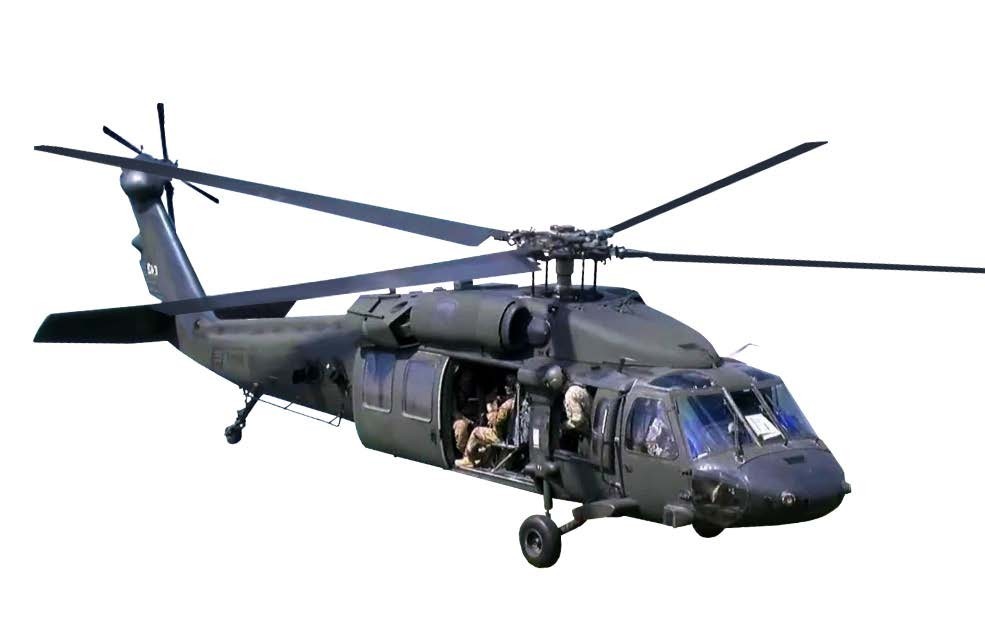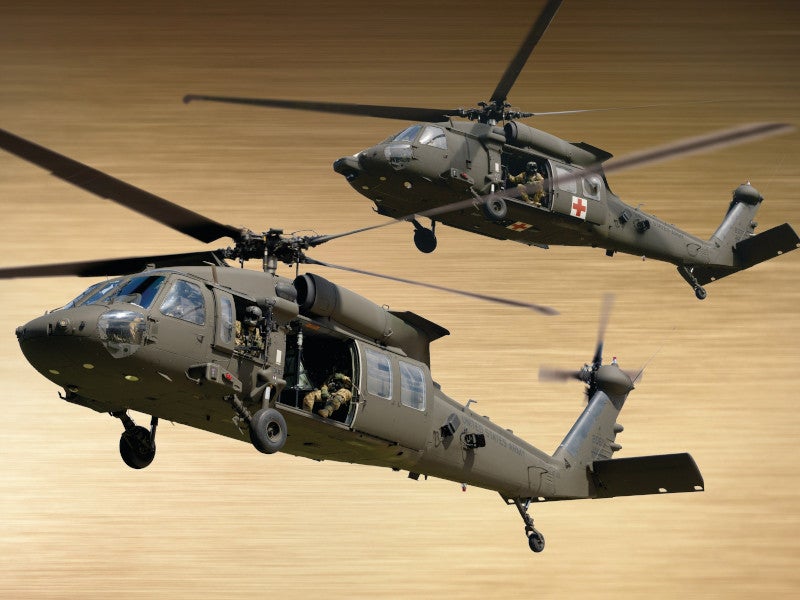UH 60 Black Hawk: From Principle to Contemporary Applications
UH 60 Black Hawk: From Principle to Contemporary Applications
Blog Article
Exploring the Cutting-edge Innovation Behind Aircraft Design and Engineering
The area of airplane style and engineering is seeing a transformative change driven by cutting-edge technologies that improve efficiency, efficiency, and sustainability. Advanced products such as carbon fiber compounds and titanium alloys are establishing new standards, while wind resistant developments and artificial intelligence are improving processes and enhancing results. As the sector faces the difficulties of ecological obligation, developments in lasting aviation innovations assure to improve the future. The effects of these innovations extend past efficiency metrics; they may redefine the actual nature of air travel. What might this suggest for the market overall?
Advanced Materials in Airplane Layout
Exactly how can the assimilation of advanced products transform airplane layout? The incorporation of innovative products, such as carbon fiber composites, titanium alloys, and progressed ceramics, plays an essential duty in improving aircraft performance and effectiveness. These products provide exceptional strength-to-weight ratios, allowing producers to decrease general airplane weight without jeopardizing architectural stability. This decrease in weight directly adds to boosted fuel efficiency and boosted payload capacity.
Additionally, advanced materials display improved resistance to rust and tiredness, resulting in lower upkeep prices and prolonged service life. For circumstances, the usage of titanium in crucial parts assists endure extreme temperature levels and stress and anxieties, while carbon fiber composites supply adaptability in design and manufacturing processes. This flexibility permits more wind resistant forms, contributing to premium efficiency features.
Moreover, the combination of clever products, which can alter buildings in reaction to outside stimulations, opens up new avenues for flexible systems in aircraft design. uh 60. These technologies assure not just to boost security and operational performance however also to add to sustainability efforts by minimizing ecological impact with reduced exhausts. In summary, advanced materials are redefining the landscape of aircraft style, leading the method for more reliable, sturdy, and eco-friendly air travel options
Aerodynamic Technologies for Efficiency
Wind resistant innovations play an essential function in boosting airplane effectiveness, considerably influencing gas consumption and general performance. Advances in airfoil style, such as the intro of supercritical wings, permit enhanced lift-to-drag ratios, decreasing drag at transonic rates. These advancements enable airplane to maintain greater rates with lower gas expense, directly affecting operational expenses and ecological sustainability.
Furthermore, the integration of winglets has actually confirmed effective in minimizing vortex-induced drag at the suggestions of wings, additionally boosting gas efficiency - uh 60. This style modification brings about a reduction in wake disturbance, adding to improved wind resistant efficiency during cruise ship problems

Moreover, computational fluid dynamics (CFD) tools have actually reinvented the testing and improvement of aerodynamic forms, permitting specific simulations of air movement around aircraft (uh 60). This makes it possible for engineers to introduce continually, making sure that modern-day aircraft not just fulfill regulatory criteria however additionally press the limits of performance in aviation

Duty of Computer Simulations
Computer simulations have become an important tool in the field of aircraft style, making it possible for designers to conduct comprehensive analyses and optimizations of different style aspects. These simulations enable the online testing of aerodynamic homes, structural honesty, and performance metrics long before physical models are developed. By utilizing computational fluid dynamics (CFD) and finite component evaluation (FEA), engineers can forecast exactly how air streams around the airplane and how different materials will react to stress and anxiety and strain.
Furthermore, computer simulations help with the expedition of a large range of variables and circumstances, speeding up the style process and decreasing costs linked with physical screening. This ability not just improves the accuracy of predictions concerning aircraft actions but likewise provides understandings right into prospective style improvements that could not be quickly evident through traditional approaches.

Furthermore, simulations assist make sure compliance with stringent safety regulations by allowing designers to determine and correct potential issues early in the design phase. The integration of simulation innovations into the airplane style procedure highlights more helpful hints the considerable improvements in engineering techniques, eventually adding to the development of more secure, more reliable, and eco-friendly airplane.
Artificial Intelligence in Engineering
Expert system (AI) is reinventing the engineering landscape, particularly in airplane style, by maximizing and boosting decision-making processes design workflows. Via artificial intelligence formulas, AI can examine large datasets, uncovering patterns and understandings that notify layout choices and enhance total performance.
AI applications in airplane style include generative design, where formulas create multiple design options based on specified parameters, permitting engineers to assess a more comprehensive variety of possibilities. This not just accelerates the design stage however likewise makes sure that the end products fulfill rigid performance and safety and security standards.
In addition, AI-driven anticipating analytics help with upkeep organizing by assessing historic information and forecasting prospective failings. This positive strategy reduces downtime and boosts airplane reliability.
In addition, AI aids in simulation and modeling, allowing designers to test layouts under different problems without the requirement for physical prototypes. This ability reduces growth timelines and decreases prices related to standard screening methods.
Sustainable Aeronautics Technologies
How can the air travel industry efficiently balance development and ecological duty? The answer hinges on the fostering of lasting aeronautics technologies that prioritize performance and minimize carbon discharges. Innovations such as sustainable aeronautics fuels (SAFs), which are obtained from renewable energies, have become an essential component in achieving lower lifecycle emissions. SAFs can considerably reduce the carbon footprint of flights, making them a practical option to typical jet gas.
Furthermore, developments in aircraft layout, such as the development of lighter materials and even more aerodynamically reliable shapes, add to improved fuel performance. Electric and hybrid propulsion systems are likewise obtaining traction, using a path to minimize reliance on fossil fuels and minimize greenhouse gas exhausts.
The integration of these innovations is sustained by regulative frameworks and sector partnerships focused on setting enthusiastic sustainability targets. Furthermore, electronic tools like information analytics and synthetic knowledge can maximize trip operations, additionally improving fuel performance. By accepting sustainable techniques and modern technologies, the aviation sector can not only satisfy the expanding need for air travel but likewise play an essential function in dealing with environment modification, guaranteeing an extra sustainable future for air transport.
Conclusion
The convergence of sophisticated materials, aerodynamic technologies, and cutting-edge modern technologies notes a substantial advancement in aircraft design and design. The integration of carbon fiber compounds, titanium alloys, and AI-driven procedures not only enhances learn this here now efficiency and efficiency however additionally improves operations and predictive maintenance.

Computer simulations have actually ended up being a crucial tool in the field of aircraft style, enabling designers to conduct comprehensive analyses and optimizations of numerous design elements.The convergence of innovative materials, aerodynamic developments, and sophisticated technologies marks a considerable evolution in airplane style and engineering.
Report this page